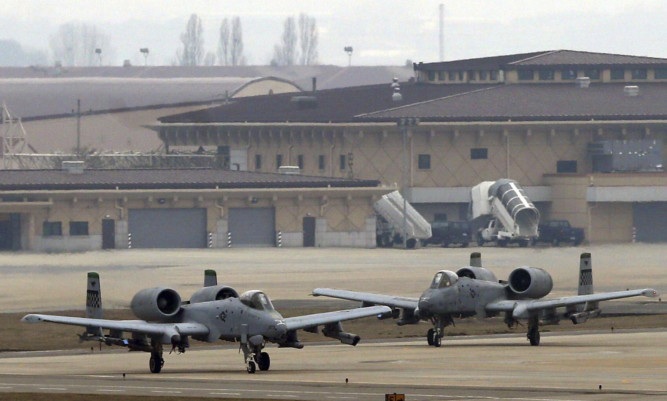North Korea’s parliament has endorsed plans to give nuclear weapons greater prominence in the country’s defences.
The move came a day after the ruling Workers’ Party called for nuclear forces to be “expanded and beefed up qualitatively and quantitatively”.
North Korea has said it is entering a “state of war” with the South prompting Seoul to promise a “strong response” to aggression by the North.
The North is angry at UN sanctions following its February 12 underground nuclear test, the country’s third.
It is also unhappy with joint US-South Korea annual military drills, but the US says there is no sign of North Korean “actions to back up the rhetoric”.
Analysts see a full-scale North Korean attack as unlikely and say the threats are more likely efforts to provoke softer policies toward Pyongyang from a new Government in Seoul, to win diplomatic talks with Washington and to solidify young North Korean leader Kim Jong Un’s military credentials at home.
Meanwhile, North Korea has announced it has appointed a new premier, Pak Pong-ju. He was sacked from the same post in 2007.
Mr Pak is seen by outside experts as an economic reformer who was previously sacked from the post after proposing Western-style capitalist reforms.These included a proposal for an incentive-based hourly, rather than monthly, wage system.
The re-emergence of Pak Pong Ju as premier at an annual spring parliamentary session is seen by analysts as a signal that Kim Jong Un is moving to back up recent statements vowing to focus on strengthened economic development.
The UN says two-thirds of the country’s 24 million people face regular food shortages.
“Pak Pong Ju is the face of economic reform, such as it exists,” said John Delury, a North Korea analyst at Seoul’s Yonsei University.
